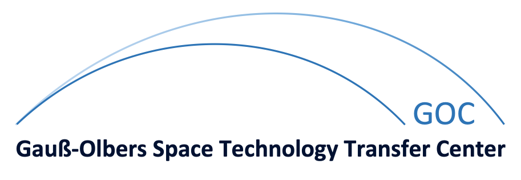Enhanced HARQ using multi-level NACK and its application in LTE
Reliability-based Hybrid ARQ (HARQ) in conjunction with Incremental Redundancy has been studied in prior art. With this technique, the size of a retransmission is adapted (or the retransmitted part of a codeword is selected) based on reliability information gathered in the receiver. The reliability information can be derived internally in the decoder or by assessing soft information after decoding. Reducing the size of the retransmission is beneficial to enhance data rates and energy efficiency at the expense of added delay. Reliability-based HARQ with adaptive size of the retransmission can be implemented by replacing the conventional 1bit ACK/NACK by using multiple NACK levels, e.g. 2bit to signal among ACK and three NACK levels, where each NACK level relates to a certain size of the retransmission.
A shortcoming of incremental redundancy is that if the size of the retransmission is only a fraction of the size of the first transmission, then only a subset of the information bits may receive additional redundancy information with the retransmission, and a retransmission typically results in unequal provision of additional redundancy information to the information bits.
Details
| Laufzeit: | 05/2012 - 04/2014 |
| Förderung: | Alcatel-Lucent |
Publikationen
-
Link Level Performance Assessment of Reliability-Based HARQ Schemes in LTE
BibTEX

M. Woltering, D. Wübben, A. Dekorsy, U. Doetsch, V. Braun
IEEE 79th Vehicular Technology Conference (VTC2014-Spring), Seoul, Südkorea, 18. - 21. Mai 2014 -
Performance of HARQ with Reduced Size Retransmissions using Network Coding Principles
BibTEX

M. Woltering, D. Wübben, A. Dekorsy, V. Braun, U. Doetsch
IEEE 77th Vehicular Technology Conference (VTC2013-Spring), Dresden, Deutschland, 2. - 5. Juni 2013







